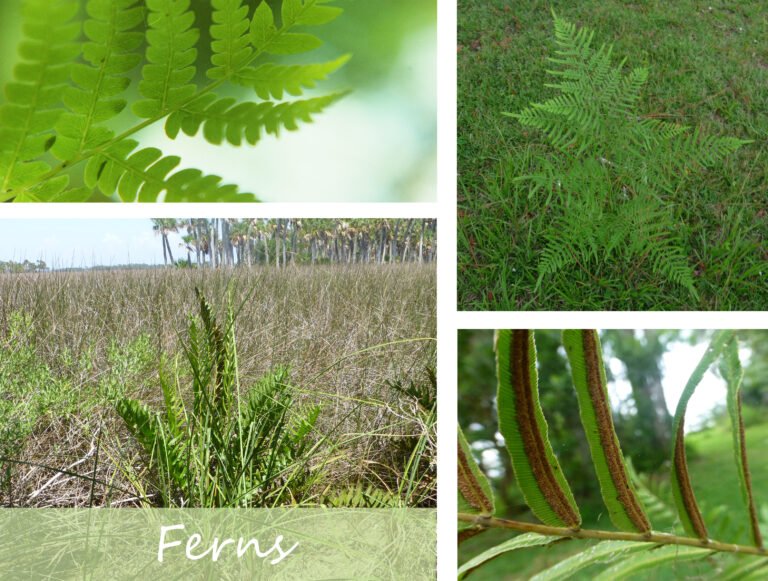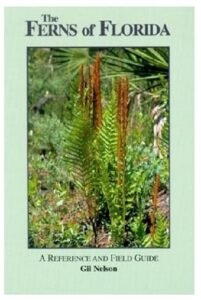
Ferns of Central Florida

Leather Fern (coming soon)
After I founded the Hernando Chapter of the Florida Native Plant Society I began writing a newsletter filled with articles on native plants. Before long, other members began contributing as well, and the chapter truly came together.
Among the people who encouraged me most during those early days was Gil Nelson. Every time I saw him at a plant conference, he would go out of his way to stop and offer me warm compliments regarding my chapter work and articles. His encouragement gave me the confidence to keep going when I sometimes doubted myself. Gil had a gift for kindness—he was always generous with his words to me.
One of his lasting contributions is The Ferns of Florida book, pictured above. If you spend any time in nature hiking, biking, or gardening in Florida, you will certainly encounter the many ferns he so carefully documented. His book remains an indispensable reference for anyone who loves Florida’s native plants.
In my own writing, I’ve often borrowed from the clear, accessible format Gil used, adding common names for beginners alongside botanical terms for the more advanced reader. In that way, I like to think I’m carrying forward a little of his approach: making plants both approachable and precise.
Thank you, Gil—for your guidance, your encouragement, and your kindness. Your influence lives on in your books that of so many of us have learned from and use on a daily basis for references to native plants.
Further Reading
The United States Forest Service has a great article called Fern Structure if you’re interested in learning more about ferns. Check out –
https://www.fs.usda.gov/wildflowers/beauty/ferns/structure.shtml#:~:text=Sori%20(singular:%20sorus)%20are,indusia%20(singular:%20indusium).
The University of Florida has a great article called Natural Area Weeds: Distinguishing Native and
Non-Native “Boston Ferns” and “Sword Ferns”
(Nephrolepis spp.)
https://ufdcimages.uflib.ufl.edu/IR/00/00/41/78/00001/AG12000.pdf
